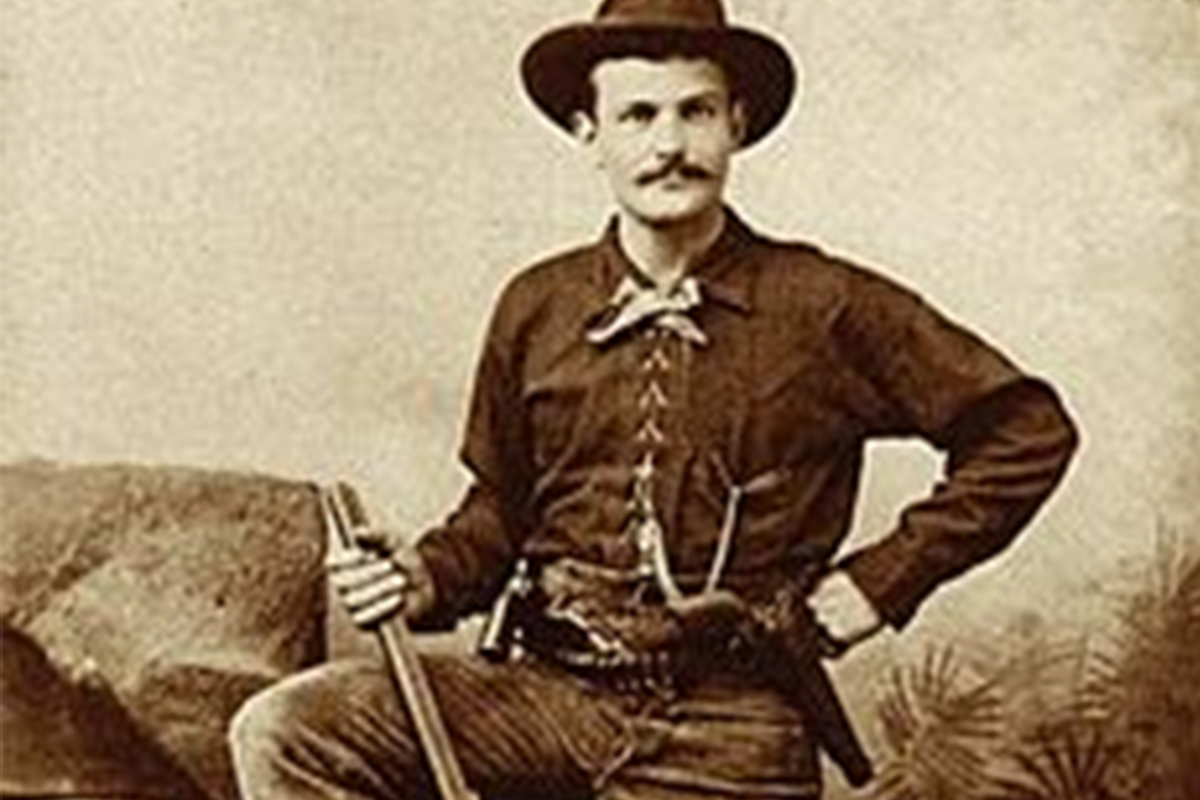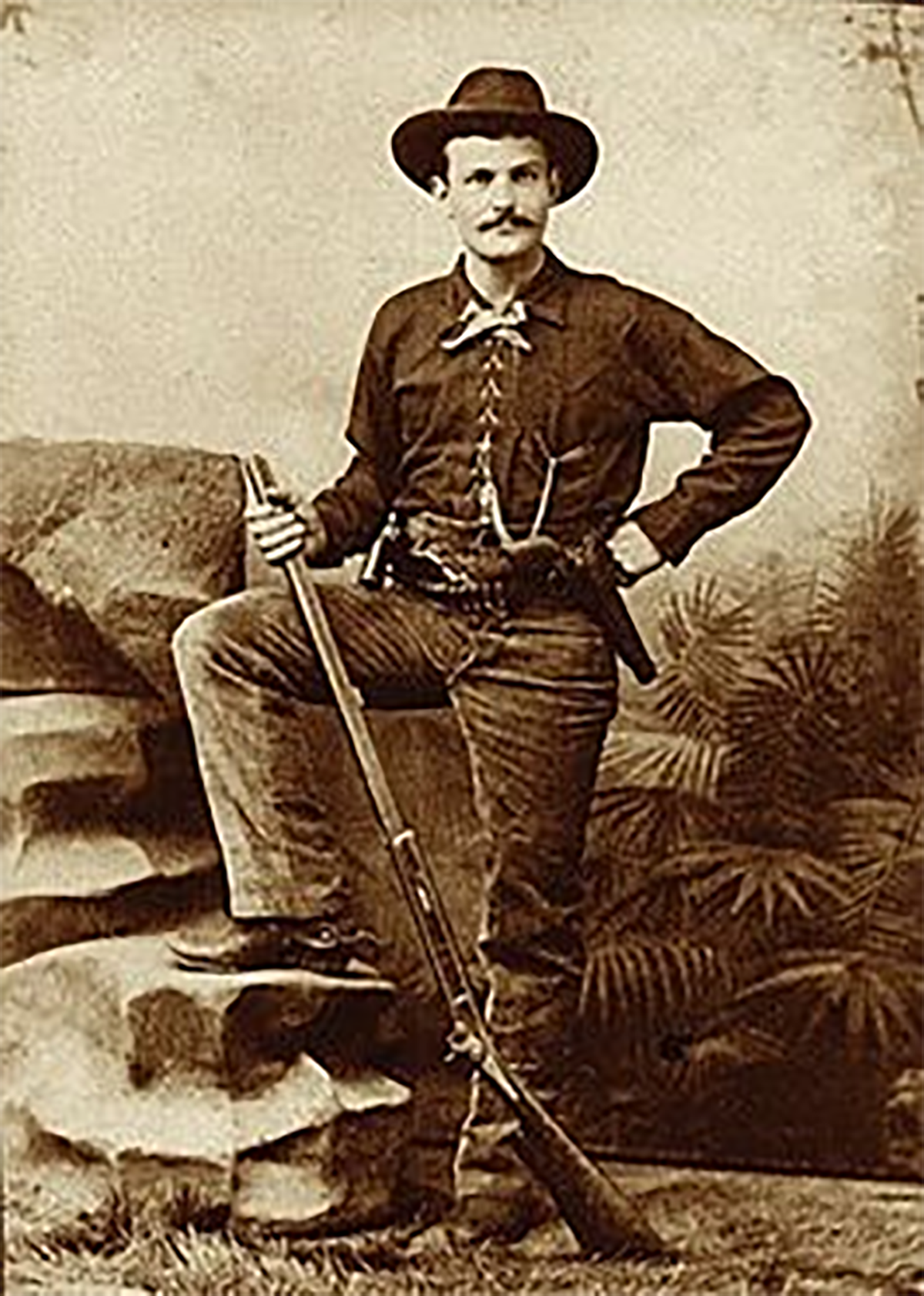The cross draw, worn on the left or “weak side” was popular with men who spent a lot of time sitting at a poker table or on horseback because for both it was easier to pull it didn’t get in the way of doing your job. I put your question to Jim Dunham, an expert gun handler. He agrees and adds, “The strong side carry with the butt to the rear and worn on the right side was, and is faster, and more accurate, and was preferred by Texas Rangers, lawmen, and shootists. All this predates buscadaro rigs and tied down holster that show up in the movies and TV.
The good cross-draw shooters carry the gun with the holster angled around towards the front of the left leg. Some shooters prefer to wear the holster further back but you have to be sure and not cross the “critical 170,” so what you have to do is the “cross draw dance.” You have to turn your hip to the right, draw the gun, fire and turn your hips again and return the gun to the holster. A better solution is to move your holster around, move your left leg forward, draw and fire. That way you’re not breaking the “170.” After you fire, you move your gun to the left hand and return it to the holster. So, therefore you don’t have to do the “cross draw dance.”
Many carried their gun in a high carry, cross draw position. That makes it available from a sitting position, as on a horse or at a Faro table.
Some cowboys copied the military holster. The cavalry generally wore their revolvers butt forward on the right side. This was because the saber needed to hang on the left. Both weapons were drawn with the right hand. The revolver was pulled in a twist draw method and the sword was swept out of the scabbard. This, by the way, is why we mount horses from the left, so that the sword hangs still along the side and not forced across the horse’s bank clanging against the animal.
What makes the cross draw less effective if you’re carrying on the left hip is once the revolver leaves the holster you are looking at misses until the barrel finally lines up with the opponent. Then you must stop the motion and fire or the movement carries the barrel past the person and you miss to the other side. On a straight draw the barrel is pointed down as you leave the holster and you could put a round into the dirt, but within a few inches of movement you could hit him in the foot (like Doc Holliday in the Tombstone saloon fight). Then as you continue to sweep the gun up and forward you have hits at the knees, the waist, the torso, the head, and finally, a miss to the sky. But you have 5 to 6 feet of target over a foot and a half.







